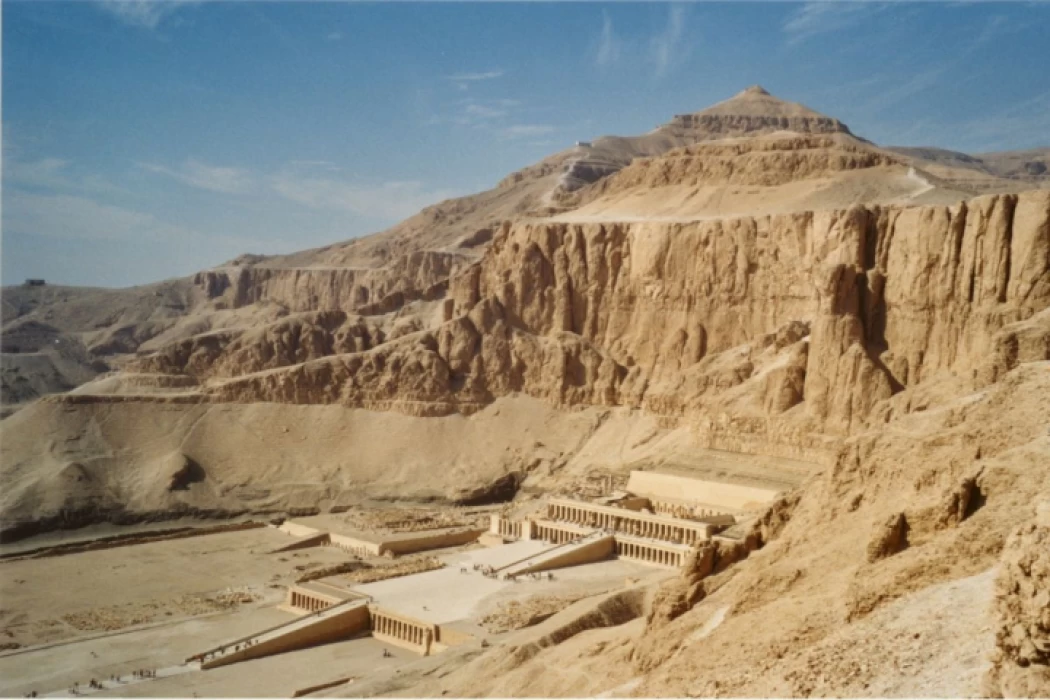
The Royal Cache at Deir el-Bahri
The Royal Cache at Deir el-Bahri
One of the families, the Abd al-Rasul family, from Qurna, on the western bank of Luxor, in 1881 discovered the cache located in Deir el-Bahari, which is considered one of the most significant and extensive archaeological finds in the last two centuries. This cache contained a plethora of coffins, a number of mummies, and burial accessories of several kings and priests.
The family members found 153 coffins, along with many boxes containing ushabti statues of servants, in addition to large numbers of rare papyri.
The Deir el-Bahari cache, which was discovered in 1881 by three brothers from the Abdel Rasoul family, contained mummies of a group of the most important kings who ruled ancient Egypt, including Ramses II, Amenhotep III, Seti I, Seqenenre, Ahmose, Thutmose III, and Amenhotep II.
Coincidence alone led the three brothers to discover the Deir el-Bahari cache when they were excavating for antiquities in the Deir el-Bahari area and were surprised in 1871 by a huge treasure that was unparalleled. They vowed to themselves that this matter would remain a secret between them and they continued to visit the tomb from time to time and stole from it a considerable number of antiquities and papyri that belonged to a number of foreign kings and missions that were working in Luxor at that time. They sold them in Europe until one of these papyri fell into the hands of a European who was fond of Egyptian antiquities and who began to investigate the source of this papyrus until he reached the Abd al-Rasul family in Luxor.
This man bargained with the three brothers to show him the location of the treasure they had discovered in exchange for paying them the money they wanted, but they refused. So he went to the governor of Qena province and informed on them. One of them was arrested. At the time, he was working as the deputy consul of England in Luxor, but he did not confess to the location of the cache despite all the pressure he was subjected to.














